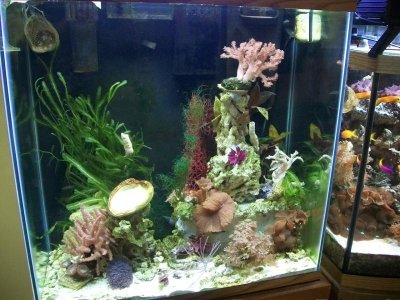All fish have pathogens in/on their bodies.
When you put fish in a tank the pathogens are now present in that tank. If you put fish from different sources in the same tank, you may introduce pathogens that one or both haven't been exposed to before.
Most reef fish, if healthy, can handle the pathogens not previously present in their history.
Experience has shown the seahorses however, don't do well with exposure to pathogens that they haven't grown up with.
When you put other fish from different breeding sources in with the seahorses, even other seahorses, you run a risk of seahorse losses due to any new pathogen exposure. This occurs more often than not.
Add to the fact that now you have higher quality seahorses available from breeders using commercial salt water or properly filtered and treated ocean water, so that pathogens they carry are fewer than the wild caught and tank raised we used to buy.
Given that almost all pipe fish are wild caught, the chances of introducing pathogens the seahorses you have haven't been exposed to previously are much greater now.
Adding any fish lessens the chances of success in seahorse keeping, but for some reason, and I don't have an answer as to why, pipe fish additions seem to be more problematic than other reef fish.
When I first started into seahorse keeping about 12 yrs ago, I had already been a reefer in a big way for 8 yrs, and figured I'd be able to handle it even when it wasn't recommended. I've never succeeded, although some others have managed it on the first attempt, or after a few attempts.
Most successful seahorse keepers keep their tanks on the cooler side, (recommended 68° to 74°F) have much oversized skimmers, and with filtration systems that would normally handle much larger and more populated tanks, because seahorses cause the water to become very dirty very fast.
They are selective eaters only snicking up the "choice" pieces, in their eyes at least, leaving the rest to often get trapped in unseen spots where they produce bacteria beds.
Also, when they snick their food, they masticate it, passing particulate matter out through the gills. Sometimes you can see this as a cloud emanating from the gills upon snicking a piece of food. This further degrades the water and fuels nasty bacteria growth.
I'd suggest reading the links at the bottom of
My Thoughts on Seahorse Keeping, written by experience keepers and by the most respected breeder in the US.

